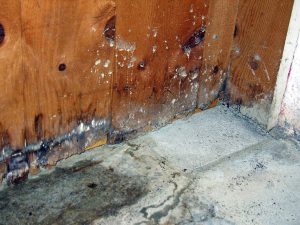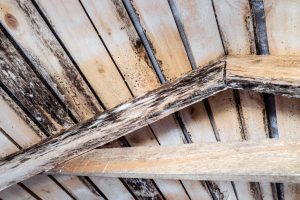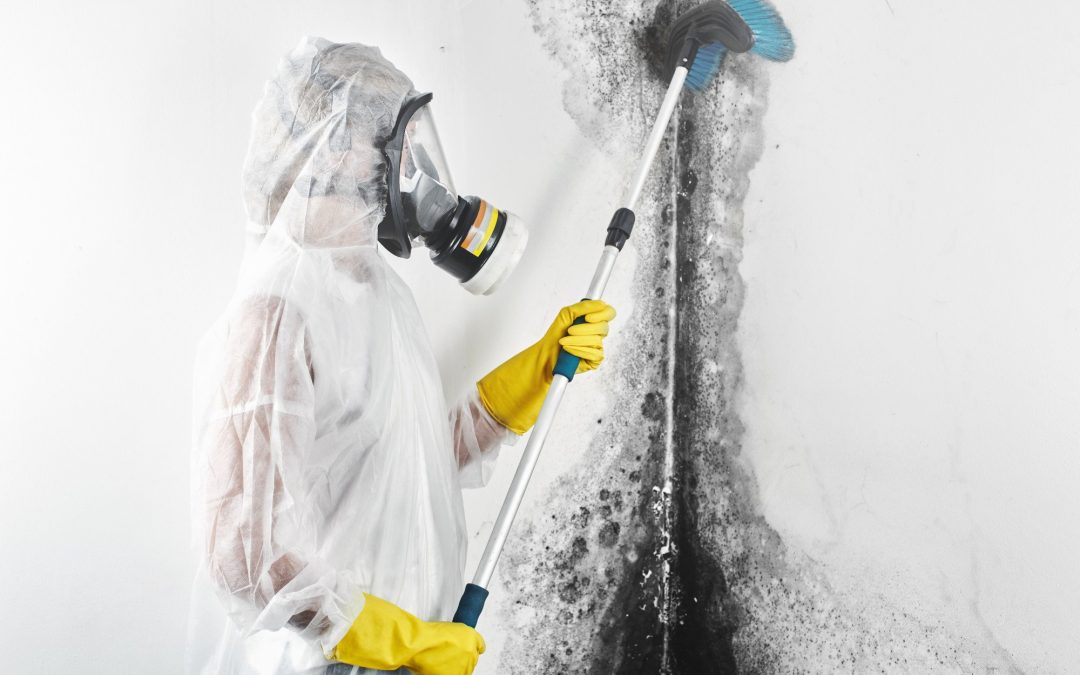Get Rid of Mold in the Chicago Area
Learn the temperature to kill mold. Did you know that around half of all US homes have a noticeable damp problem?
This is a shocking statistic because in most cases, dampness is a preventable issue. By taking a little time to learn about mold and how it grows at different temperatures, and how you can use this to your advantage.
In this guide, we’ll discuss what causes mold and explain the right temperature to kill mold once and for all.
Read on to learn more about killing mold.
What Is Mold?
Before we explore the specifics of mold growth at different temperatures, let’s define what mold is.
Mold is a type of fungus that exists everywhere in the environment. It reproduces by producing tiny spores that can be carried through the air. These spores can settle in various places, and when they find the right conditions, they start to grow and multiply.
Here are some common types of mold you may find around the home:
Cladosporium
This type of mold is often found on surfaces like fabrics, carpets, and wood. It can appear green, brown, or black.
Penicillium
This mold is known for its bluish or greenish appearance. It can grow on various materials, including food, wallpaper, and insulation.
Aspergillus
Aspergillus molds come in different colors, such as green, yellow, or brown. They are often found in dust, as well as in warm, damp areas.
Stachybotrys (Black Mold)
This infamous mold is known for its dark black or greenish-black color. It thrives in very damp conditions and is often associated with water damage. Black mold can cause many health issues, so if you notice it around the home, act fast.
Alternaria
Alternaria molds are usually dark brown or black with a fuzzy texture. They are commonly found in bathrooms, kitchens, and other areas with water exposure.
Aureobasidium
This mold can appear pink, brown, or black. It tends to grow on painted surfaces, wooden furniture, and caulking.
Fusarium
Fusarium molds can be pink, white, or red. They often grow in wet areas and can affect plants, as well as indoor environments.
Health Risks of Mold
Mold exposure can have detrimental health implications, regardless of temperature. Inhaling mold spores can lead to:
- Respiratory issues
- Allergies
- Skin and eye irritation
- Pneumonitis
It’s essential to address mold growth promptly to ensure a safe living environment. The long-term effects of mold exposure can pose lasting health risks.

Mold Damage to a Wooden Wall in Basement
What Causes Mold Growth
Mold growth depends on a combination of factors. Temperature, humidity, moisture, and the availability of nutrients all play a crucial role in its development. While mold is often associated with warm and humid conditions, its ability to grow in colder environments might surprise you.
While colder temperatures (below 40°F or 4°C) can slow down mold growth and activity, they do not necessarily prevent it entirely. Some molds can still grow at lower temperatures, especially if moisture is present.
Mold Growth in Warm Environments
Warm and humid conditions are a paradise for mold. Places like bathrooms, kitchens, and basements with poor ventilation can become breeding grounds for all kinds of household mold. The moisture in the air and the organic materials present provide the ideal environment for mold to flourish.
Maintaining good ventilation is the most important part of mold prevention. It’s particularly important during warmer spells.
Mold Growth in Cold Environments
Contrary to popular belief, mold can indeed grow in cold environments. However, the conditions need to be right.
While cold temperatures alone might not encourage mold growth, the presence of moisture and other favorable conditions can lead to mold infestations even in colder spaces. Because you don’t expect mold to grow in these spots, they can go neglected, with the problem fast getting out of hand.
The real concern in cold environments is the presence of dampness.
Cold air holds less moisture, leading to condensation on surfaces. When you combine cold temperatures with moisture, you create the perfect recipe for mold growth. Areas like attics or basements are most susceptible.

Attic Mold from humidity
What Temperature to Kill Mold?
Mold can be inhibited or slowed down by colder temperatures, but there isn’t a specific temperature that universally kills all types of mold. Because there’s no exact science, it’s important to cover all your bases when treating a mold problem.
Different molds have varying temperature thresholds for growth and survival. However, generally speaking, most molds will become dormant or cease active growth at temperatures below freezing (32°F or 0°C).
Preventing Mold in Cold Conditions
Preventing mold growth in cold conditions requires vigilance.
Ensure proper insulation to minimize condensation. Regularly check for leaks and address them as soon as possible. Proper ventilation is key to maintaining a healthy environment.
Identifying mold growth in colder areas can be challenging. Look for visible signs, such as discolored patches or a musty odor. If you discover mold, it’s essential to address it properly.
Use mold-resistant materials and products. These can be particularly beneficial in colder environments where dampness is a concern.
Consider using mold-resistant paints, drywall, and insulation. This will help the harder-to-reach areas of your home stay protected, whatever the season.
Protecting Your Home with the Temperature to Kill Mold
Safeguarding your home against mold requires a proactive approach. Regularly inspect potential problem areas and address issues as you find them. Keep an eye on humidity levels and maintain proper ventilation to prevent mold from taking hold.
If you or your family are experiencing any unexplained respiratory issues, mold could be the culprit. If you can’t find an immediate course, calling in the experts for a diagnosis can help you get to the root of the issue.
Mold Removal With The CleanUP Guys
Understanding mold growth and its relationship with temperature is crucial for maintaining a healthy living environment.
Mold can thrive in both warm and cold conditions, given the right circumstances of moisture and ventilation. While colder temperatures can slow down mold growth, there’s no exact temperature to kill mold.
If you suspect mold-related health issues or require expert assistance, don’t hesitate to contact us at The CleanUP Guys. Your well-being and a mold-free home are our top priorities.

